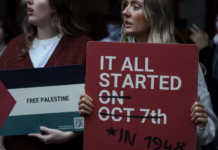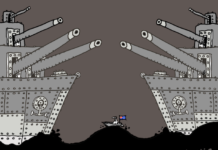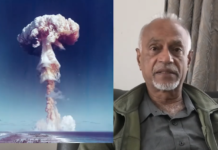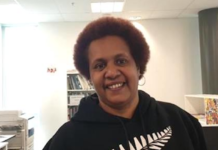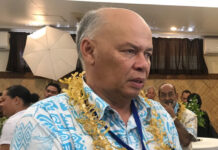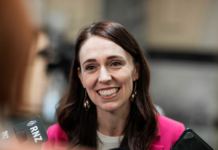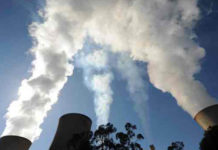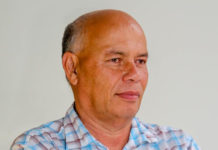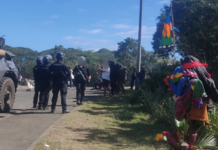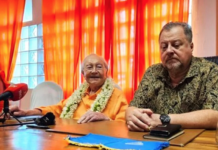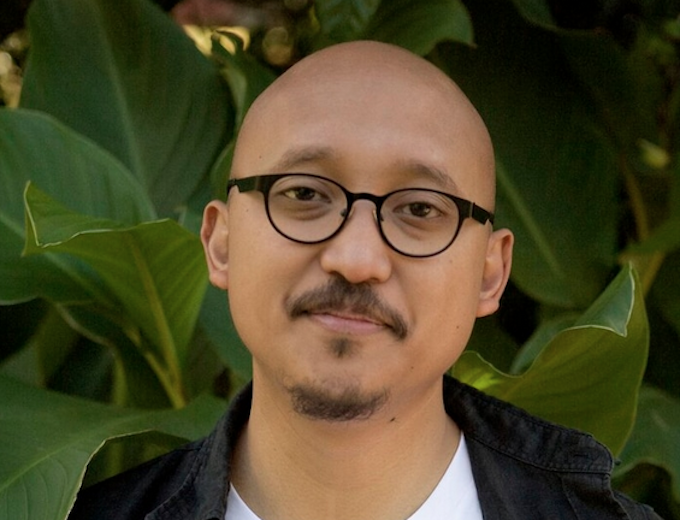
Pacific Media Watch newsdesk
A Melbourne-based Indonesian media academic has warned that declining media freedom in Australia is undermining the country’s ability to project liberal democratic values to the Asia-Pacific region.
“Many people who have been watching media and journalism in Australia have been worried,” Tito Ambyo, a journalism lecturer at RMIT, told ABC News.
He said governments in Australia needed “to start seeing journalists as an important part of democracy”.
“We don’t have journalists being killed or imprisoned in Australia, but we have seen a lot of abuses,” he said, pointing to online harassment that was “often racist or gendered in nature”.
Ambyo was responding to the 2022 World Press Freedom Index released this week by the Paris-based media freedom watchdog Reporters Without Borders which reported a big slump in media freedoms in Australia.
Media freedom in Australia is “fragile” and less protected than in New Zealand and several emerging democracies in Asia, RSF concluded in its annual Index. The assessment measures have become more comprehensive in changes introduced this year.
Australia slid from 25 to 39 in the Index, ranking below New Zealand in 11th place and Timor-Leste at number 17, but above Samoa (45th), Tonga (49th), Papua New Guinea (62nd) and Fiji (102nd) — with both the latter Pacific countries experiencing big falls while facing elections this year.
Taiwan, which has transitioned from a military dictatorship to a liberal democracy since the late 1980s, ranked just above Australia at 38th.
The Press Freedom Index, which assesses the state of journalism in 180 countries and territories, highlights the disastrous effects of news and information chaos — the effects of a globalised and unregulated online information space that encourages fake news and propaganda.
‘Fox News model’
Within democratic societies, divisions are growing as a result of the spread of opinion media following the “Fox News model” and the spread of disinformation circuits that are amplified by the way social media functions.
At the international level, democracies are being weakened by the asymmetry between open societies and despotic regimes that control their media and online platforms while waging propaganda wars against democracies.
Polarisation on these two levels is fuelling increased tension, says RSF.
The invasion of Ukraine (106th) by Russia (155th) at the end of February reflects this process, as the physical conflict was preceded by a propaganda war.
China (175th), one of the world’s most repressive autocratic regimes, uses its legislative arsenal to confine its population and cut it off from the rest of the world, especially the population of Hong Kong (148th), which has plummeted in the Index.
Confrontation between “blocs” is growing, as seen between nationalist Narendra Modi’s India (150th) and Pakistan (157th). The lack of press freedom in the Middle East continues to impact the conflict between Israel (86th), Palestine (170th) and the Arab states.
Media polarisation is feeding and reinforcing internal social divisions in democratic societies such as the United States (42nd), despite President Joe Biden’s election, reports RSF.
Social media tensions
The increase in social and political tension is being fuelled by social media and new opinion media, especially in France (26th).
The suppression of independent media is contributing to a sharp polarisation in “illiberal democracies” such as Poland (66th), where the authorities have consolidated their control over public broadcasting and their strategy of “re-Polonising” the privately-owned media.
The trio of Nordic countries at the top of the Index — Norway, Denmark and Sweden — continues to serve as a democratic model where freedom of expression flourishes, while Moldova (40th) and Bulgaria (91st) stand out this year thanks to a government change and the hope it has brought for improvement in the situation for journalists even if oligarchs still own or control the media.
The situation is classified as “very bad” in a record number of 28 countries in this year’s Index, while 12 countries, including Belarus (153rd) and Russia (155th), are on the Index’s red list (indicating “very bad” press freedom situations) on the map.
The world’s 10 worst countries for press freedom include Myanmar (176th), where the February 2021 coup d’état set press freedom back by 10 years, as well as China, Turkmenistan (177th), Iran (178th), Eritrea (179th) and North Korea (180th).
Fatal danger for democracies
“Margarita Simonyan, the editor-in-chief of RT (the former Russia Today), revealed what she really thinks in a Russia One TV broadcast when she said, ‘no great nation can exist without control over information,’ said RSF secretary-general Christophe Deloire.
“The creation of media weaponry in authoritarian countries eliminates their citizens’ right to information but is also linked to the rise in international tension, which can lead to the worst kind of wars.
“Domestically, the ‘Fox News-isation’ of the media poses a fatal danger for democracies because it undermines the basis of civil harmony and tolerant public debate,” he said.
“Urgent decisions are needed in response to these issues, promoting a New Deal for Journalism, as proposed by the Forum on Information and Democracy, and adopting an appropriate legal framework, with a system to protect democratic online information spaces.”
Pacific Media Watch collaborates with Reporters Without Borders.



